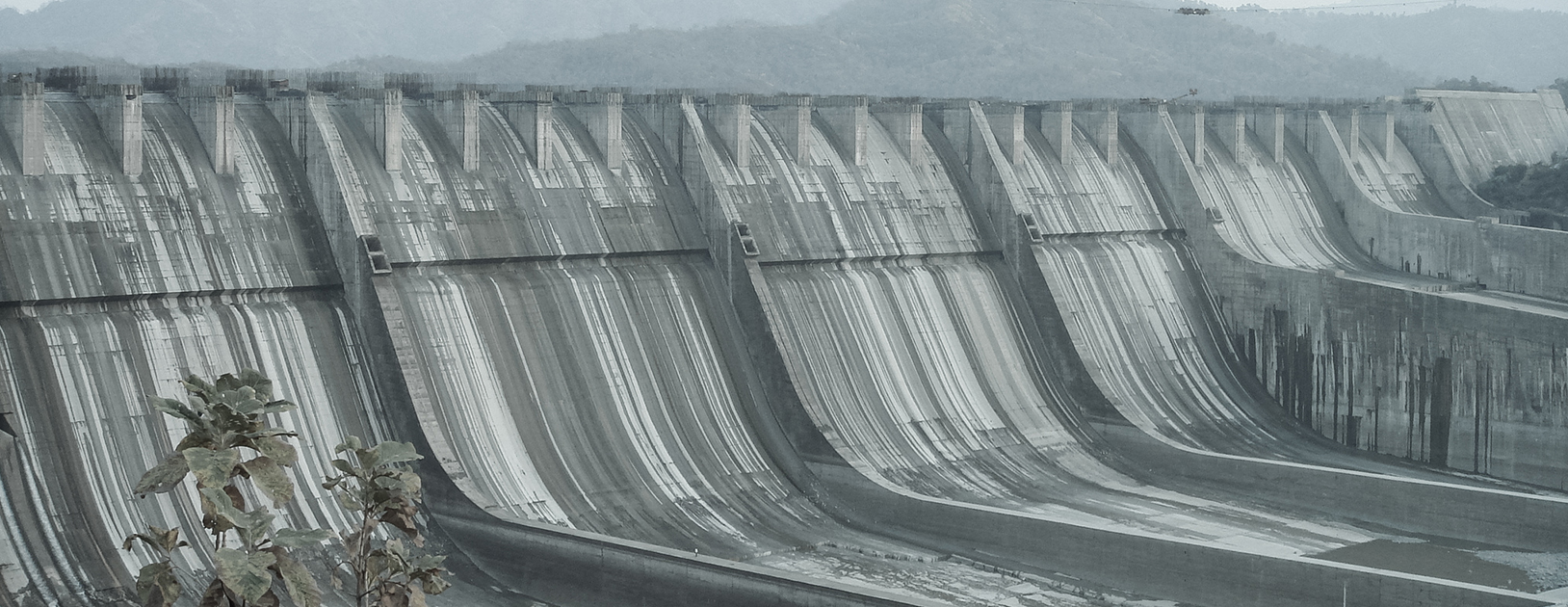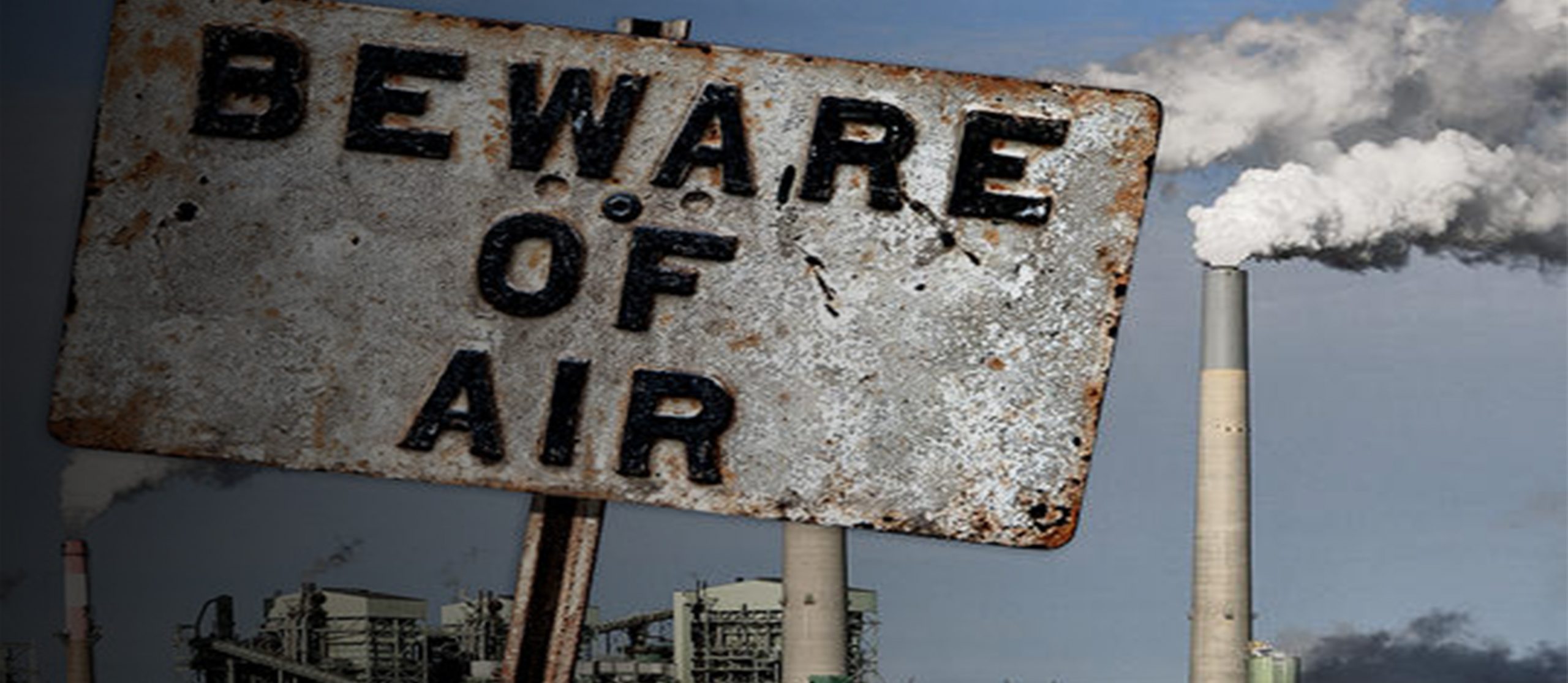Expert Appraisal Committee (EAC) of the Environment Ministry sidelines Civil Society
Shibani Ghosh
February 2, 2017

SHIBANI GHOSH DECONSTRUCTS THE EAC’S RECENT DECISION
ENVIRONMENTAL JUSTICE RIGHTS ENERGY RESEARCH
The Expert Appraisal Committee (EAC) for River Valley and Hydroelectric Projects of the Environment Ministry decided during its meeting held on 30 December, 2016, that it would not take cognisance of representations received from civil society groups during the final appraisal of a project proposal for grant of environmental clearance.
The minutes of the meeting recorded that many of these representations have ‘an anti-development attitude so that the projects are kept on hold or delayed. This has financial implications to the developers in particular and to the nation in general’. The EAC was of the opinion that once it was satisfied that the public consultation stage had been satisfactorily completed, receiving representations would mean reopening the process.
Recommendations of EACs, expert committees appointed by the Environment Ministry (currently there are 8 such committees), play a crucial role in the Ministry’s decision to clear a developmental/infrastructure project, and hence this latest decision raises a slew of questions, especially from the perspective of the civil society participation in the environmental clearance process.
In the interview below, we deconstruct what this move means in conversation with environmental lawyer and Fellow at CPR, Shibani Ghosh.
How does the latest decision of the Expert Appraisal Committee (EAC) of not entertaining ‘anti-development’ civil society representations reflect on the EAC?
The EACs’ primary role in the environmental clearance (EC) process is to give recommendations to the Ministry of Environment, Forest and Climate Change (MoEFCC) on project proposals after considering the potential impacts of the project. Based on these recommendations, the MoEFCC either rejects the proposal or grants a clearance with conditions which would mitigate the impacts or compensate for the same.
The decision of the EAC for River Valley and Hydroelectric Projects is problematic for at least three reasons:
First, the EACs perform a very important role in the EC process, and their independence and objectivity are as crucial as the expertise they are expected to bring to the table. There are several design flaws in the EC process, one of the most critical being that the environmental impact assessment (EIA) of the proposed project is paid for by the project proponent. As substantial information about the project and its potential impacts are provided by the project proponent, its accuracy, the assumptions made, and safeguards proposed require independent verification. However, from the minutes, it appears that the EAC for River Valley and Hydroelectric Projects has a bias against civil society groups, which also include project-affected persons, who are important stakeholders in the EC process. They may raise objections, provide alternative assessments, and highlight inaccuracies or falsities in the project proponent’s submissions. The EACs needs to keep an open mind to all stakeholders’ opinions.
Second, according to the EIA Notification 2006, the MoEFCC has to communicate all public responses to a proposed project it receives to the EACs. It is not supposed to assess the content of these representations or determine their appropriateness. That is the EACs’ function. If the EACs find that public representations are repetitive, do not raise new issues or are unsubstantiated, they have the discretion not to consider them, but they cannot delegate this function to the MoEFCC.
Third, EAC members are appointed because of their expertise and experience in areas relating to environmental impact assessment and environmental protection. Their role in the process is to provide an expert opinion on a proposed project, its impacts and possible mitigative measures to the MoEFCC. The financial implications of the process or any delay in approving a project should not be a relevant consideration for the EACs. Their neutrality is compromised if they sympathise with one stakeholder (the developer) but refuse to hear concerns of other stakeholders (the public).
What is the process of getting an Environmental Clearance? What kinds of projects require one?
The Central Government issued a Notification under the Environment (Protection) Act 1986 on 14 September, 2006 requiring certain categories of projects to obtain an EC prior to commencing any project work. This Notification is popularly referred to as the EIA Notification 2006 as EIA studies form an important part of the EC process.
The categories of projects that require a prior EC, listed in the Schedule to the EIA Notification, include thermal power projects, river valley power/irrigation projects, mining, industries, airports, highways, solid waste management projects, etc. Depending on the size and capacity of these projects, the EC is either sought from the MoEFCC or from the State Environment Impact Assessment Authority (SEIAA), which is constituted by the Central Government in each state for this purpose.
The EC process begins with the project proponent submitting an application with relevant information about the proposed project to the relevant regulatory authority (the MoEFCC or the SEIAA). The next stage is the issuance of detailed and comprehensive Terms of Reference (ToRs) for the preparation of an EIA report by the project proponent. The EACs may intervene to amend standardised ToRs to address specific issues with regard to particular projects.
The draft EIA report prepared by the project proponent, based on the ToRs and other relevant documents, is then made available in the public domain (offices of local and regional authorities and official websites) for public consultation. Certain projects are exempt from the public consultation process, and these are listed in the EIA Notification. The outcome of the public consultation is sent to the project proponent who is expected to respond to the material concerns raised and finalise the draft EIA report.
The final EIA report, the outcome of the public consultation (including minutes and video recording of the hearing), and other relevant documents are then appraised by an EAC. The EAC is expected to undertake a detailed scrutiny of the documents and the project proponent’s presentation, and then recommend the proposal for grant (or rejection) of EC or recommend additional studies before making a final decision. Based on the EAC’s recommendations, the MoEFCC issues its final decision. The MoEFCC normally accepts these recommendations, but it could disagree and ask the EAC to reconsider its recommendations.
Why is public participation important in the EC process? How is civil society usually involved in the EC process, especially through the EAC?
Public participation is crucial in environmental decision making processes as it introduces a greater degree of legitimacy, transparency and accountability in the process and thus makes the outcome more acceptable. In the EC process, public consultation is important for at least three reasons:
First, it is only through the public consultation process that people can try to understand the actual nature of the proposed project and the extent of its potential impacts.
Second, persons likely to be affected, directly or indirectly, by a proposed project must have an opportunity to express their opinion and challenge the assumptions and assurances about the project, the nature and extent of its potential impacts, and the proposed safeguards.
Third, as the EIA studies for proposed projects are commissioned by project proponents, the comprehensiveness and accuracy of these studies need to be verified. The public can point out inaccuracies, inadequacies and misrepresentations in the studies either from their personal experience or knowledge of the area, or by relying on alternative assessments and studies by experts.
Public participation in the EC process is primarily during, but not limited to, the public consultation process. The public consultation process has two components: (1) public hearing/s held at the project site or in its close proximity to ascertain concerns of people; and (2) written responses from those with a plausible stake in the environmental aspects of the project. The public could continue to engage with the process later as well by writing to the relevant EAC and highlighting specific concerns. They may do so because: they were not effectively heard earlier; they have accessed material previously unavailable; or as the EAC has limited time to deliberate, public representations could draw the EAC’s attention to specific concerns.
Only the draft EIA report is available before the public consultation. The project proponent, while responding to material concerns raised during the public consultation¸ is supposed to finalise the EIA report. But the public does not get an opportunity to access the final EIA report and verify whether its concerns have been taken into account. It is the EAC which is expected to be the neutral arbiter with expertise to assess whether the public’s concerns have been adequately accounted for in the final project proposal. In the event that the project is being recommended for the clearance, the EAC has to include adequate mitigative or ameliorative measures in its recommendations, some of which may be required to assuage the public’s concerns.
What are the ramifications of the decision by the EAC of not considering public representations in the EC process?
The EAC’s decision is indeed very unfortunate, as the members are experts appointed to consider environmental and social ramifications of projects, and not the financial implications caused as a result of properly considering such ramifications. The ToRs of the EACs are silent on whether they can consider public representations sent to members directly or those sent after the formal public consultation stage is completed.
Till date EACs have been accepting these representations. In fact, previously the EAC for thermal and coal mining projects has expressed its concern that it was not getting enough time to consider the serious issues raised in the public representations as it was receiving them very late. Noting that it could not deny anyone the right to voice their concern, the EAC requested the MoEFCC to consider issuing guidelines that would require all stakeholders to submit objections at least a week before the EAC meeting.
In another meeting, the EAC decided that the project proponent had to respond to these public representations before the next EAC meeting, so that the EAC could consider the project proponent’s response and the MoEFCC comments on the response. It is clear that the EAC considered these public representations as valuable in its decision making process.
As the appointing agency, the MoEFCC could ask the EAC to reconsider its decision, or itself revise the EAC’s ToR to specifically require it to consider public representations. But neither may happen as the Environment Minister has reportedly told these experts that they should clear projects fast, and not compromise on ease of doing business.



